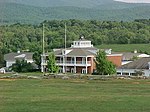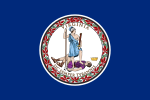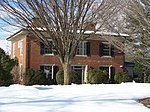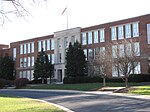Lyndhurst, Virginia
Census-designated places in Augusta County, Virginia
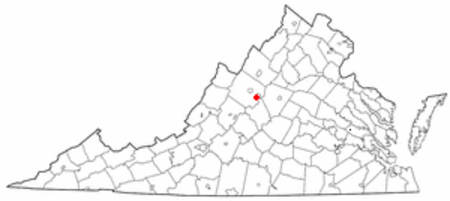
Lyndhurst is a census-designated place (CDP) in Augusta County, Virginia, United States. The population was 1,490 at the 2010 census. It is part of the Staunton–Waynesboro Micropolitan Statistical Area.
Excerpt from the Wikipedia article Lyndhurst, Virginia (License: CC BY-SA 3.0, Authors, Images).Lyndhurst, Virginia
Pond Lane,
Geographical coordinates (GPS) Address Nearby Places Show on map
Geographical coordinates (GPS)
| Latitude | Longitude |
|---|---|
| N 38.026388888889 ° | E -78.951388888889 ° |
Address
Pond Lane 90
24477
Virginia, United States
Open on Google Maps

